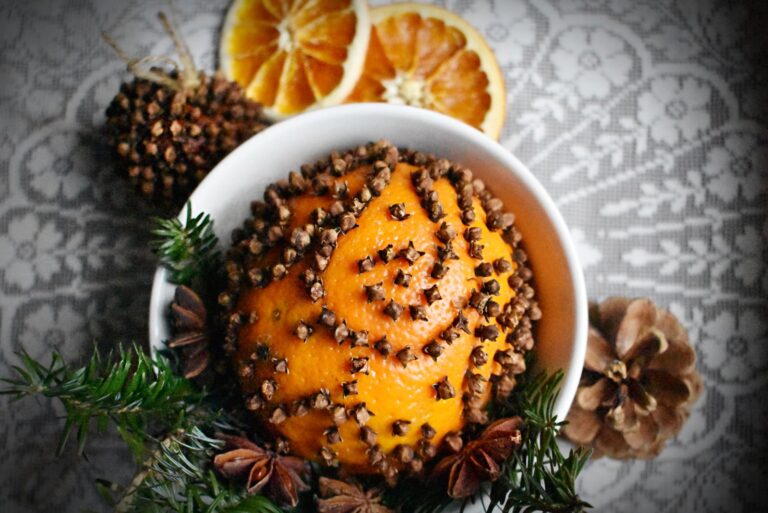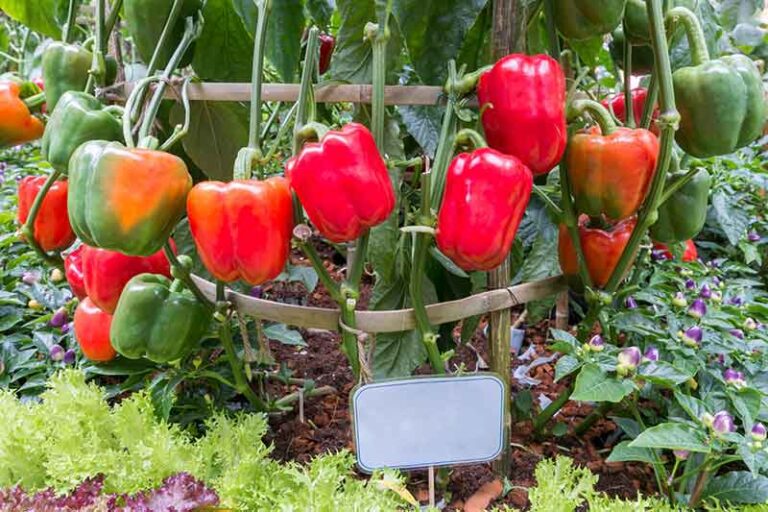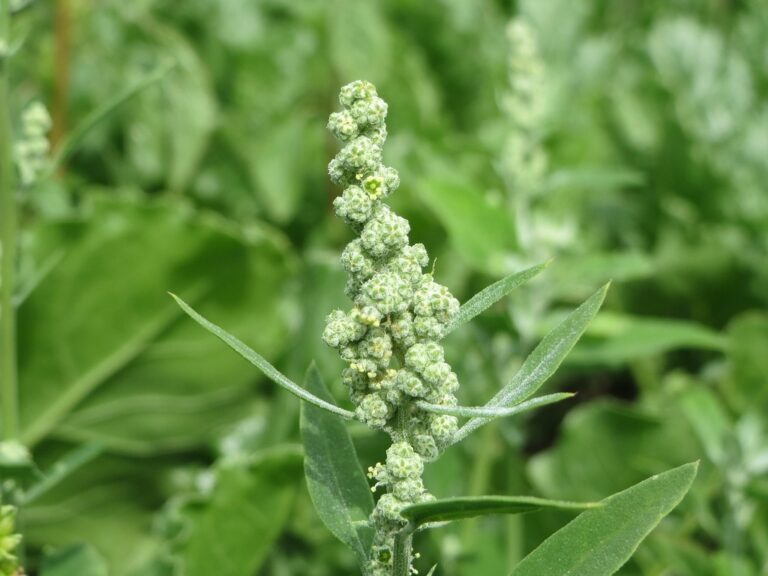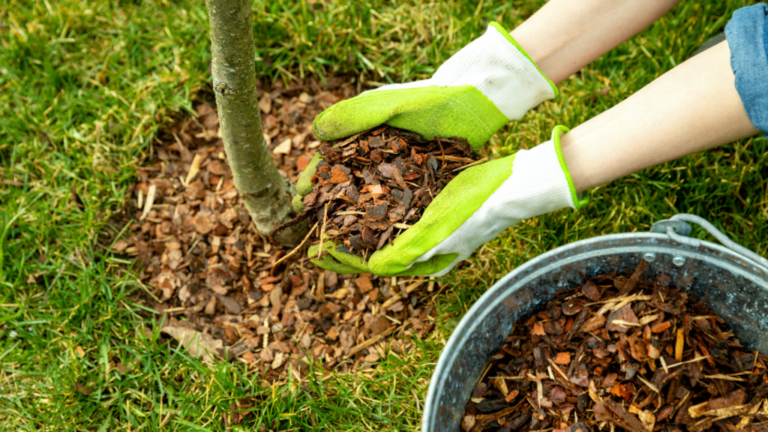For generations, simple ingredients like orange peel and clove were used to make powerful home remedies. Today, many of those traditions have been replaced with pills and packaged supplements—but some of those old methods are worth bringing back.
One of those forgotten gems is the orange peel and clove elixir. This blend is more than just a comforting aroma—it’s a time-tested combination of natural ingredients that can support digestion, fight inflammation, and boost overall wellness. And the best part? It’s easy to make with stuff you probably already have at home.
Why orange peel?
Orange peel contains natural compounds like flavonoids and vitamin C that support immune health, reduce oxidative stress, and aid digestion. It’s also a gentle way to help the body detox and ease nausea or bloating.
Why cloves?
Cloves are rich in eugenol, a natural compound known for its antibacterial, antiviral, and anti-inflammatory properties. They’ve been used traditionally to ease toothaches, relieve indigestion, and even support circulation.
What does this elixir help with?
-
Soothes digestion and bloating
-
Supports the immune system
-
May help reduce inflammation
-
Acts as a mild decongestant
-
Provides a warm, calming effect
How to make the orange peel and clove elixir
Ingredients:
-
1–2 organic orange peels (fresh or dried)
-
4–6 whole cloves
-
2 cups of water
-
Optional: cinnamon stick or small piece of fresh ginger
Steps:
-
Add the water, orange peels, and cloves to a small pot.
-
Bring to a gentle boil, then reduce heat and simmer for 10–15 minutes.
-
Strain and pour into a cup. You can sweeten it with raw honey if desired.
-
Sip warm, especially after meals or when you’re feeling run-down.
When to use it
-
After meals to support digestion
-
In the evening as a relaxing herbal drink
-
When you feel a cold or congestion coming on
-
During stressful days as a calming ritual
There’s something powerful about returning to simple, natural remedies. The orange peel and clove elixir is a perfect example—a comforting, easy-to-make wellness drink that brings together flavor, tradition, and healing. Sometimes the old ways really are the best.









